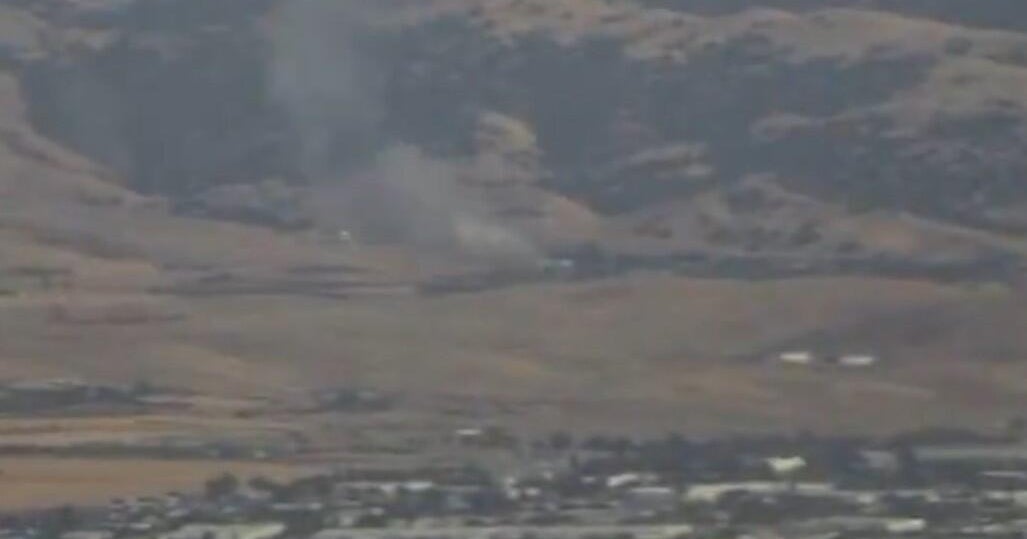Mysterious Bright Spots Pop Up In Latest NASA Images Of Dwarf Planet Ceres
PASADENA (CBS SF) -- Two clear and stunning views of the dwarf planet Ceres have scientists scratching their heads as NASA's Dawn spacecraft nears its destination.
The Dawn images were taken 10 hours apart on Feb. 12 from a distance of about 52,000 miles.
"As we slowly approach the stage, our eyes transfixed on Ceres and her planetary dance, we find she has beguiled us but left us none the wiser," said Chris Russell, principal investigator of the Dawn mission, based at UCLA. "We expected to be surprised; we did not expect to be this puzzled."
"What's exciting is we don't know what they are," Ben Burress, a staff astronomer at the Chabot Space and Science Center told KPIX 5.
Burress said NASA is refusing to guess what those bright spots are, photographed from 29,000 miles away, as they wait for Dawn to get closer.
The astronomer said it probably is light reflecting from a shiny surface. It could be chunks of metal, like a meteorite, but that would be pretty big about the size of Lake Tahoe. Or it could be ice, which is something astronomers are always excited to find.
"It means potentially life-friendly habitat. So, potentially, we might find life there," Burress said.
The Dawn spacecraft will enter Ceres' orbit on March 6, when it's expected to deliver even more detailed images. In a matter of weeks, scientists will likely know more about the composition of the dwarf planet and the nature of brights spots that are now coming into focus.
The spacecraft explored the giant asteroid Vesta for 14 months during 2011 and 2012. Detailed photos showed its cratered surface, revealing vast information about the geological history of the rock . Comparing Vesta and Ceres will develop a better understanding of our solar system.



